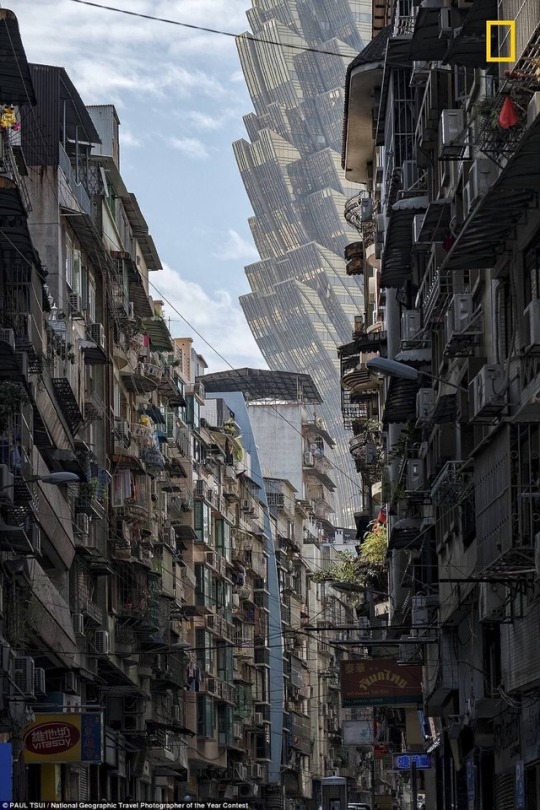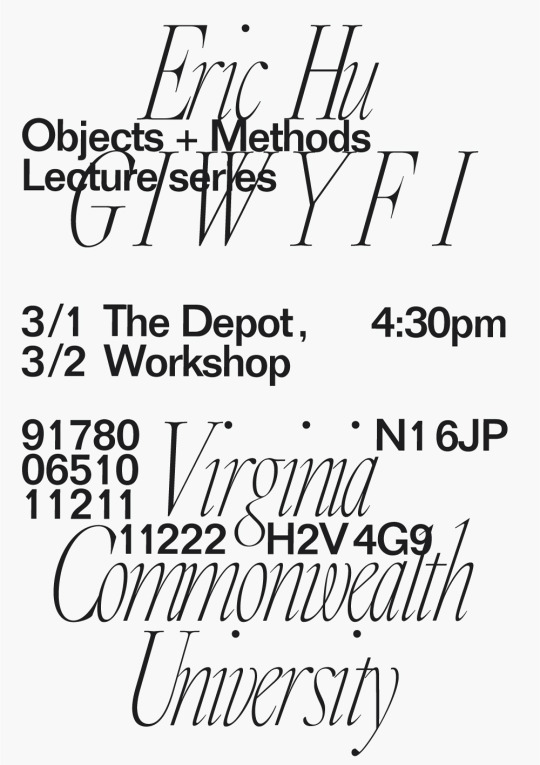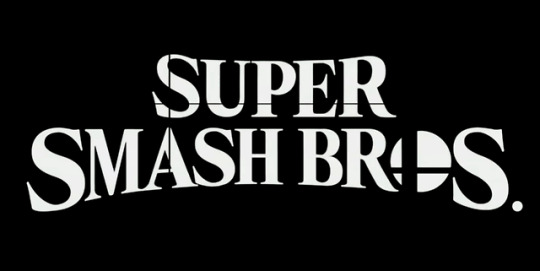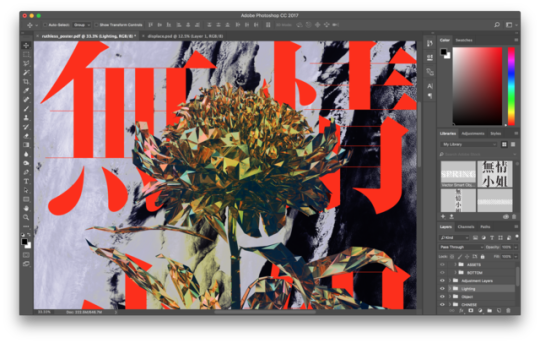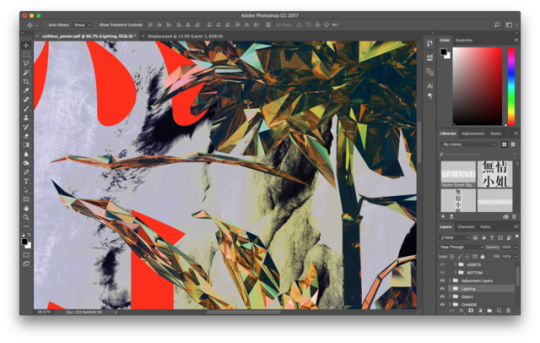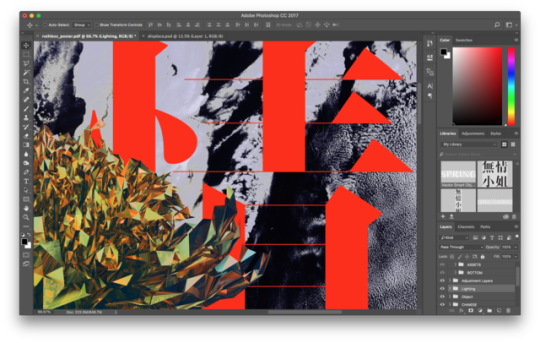Text
Peace!
It’s been about ten years since I started this Tumblr account, and nearly two years since I last updated. This has been a document of a specific period of time in my life that I think has ended. I want to close this chapter properly and to hopefully contextualize its contents in a productive way should someone stumble across this account in the future.
Honestly, I started this Tumblr a decade ago to just be a process blog of my own student work while I was attending grad school and it ended up morphing into more of an advice column for better or worse. I don’t think it’s good to keep this going for a lot of reasons.
I’m glad to know that a lot of people found my entries to be useful, or at least entertaining and I’m sure it led to some positive things in my career—but when I look back, I see a naive person growing up in public and I don’t think that was the best thing in the world to go through and it wasn’t as altruistic as was implied.
Rereading old entries, I think there’s advice I gave that was good, and I think there were some exchanges that were selfish, braggadocios, and ungenerous. A lot of times it was merely a reflection of what I was going through in my personal life at the time. I’ve had people over the years thank me for having this Tumblr but to be honest, I cared more about being perceived as helpful more than actually being helpful.
I think over the course of most of my twenties, this account along with my other social media accounts had filled a void that I felt in my heart. I think when you grow up feeling worthless, any sort of attention will feel like a drug and I think starting in the early 2010s—some of the discourse surrounding topics such as race, identity, gatekeeping, felt really affirming and it helped me make sense of some really complicated emotions and feelings in the world. At the time, I was a young designer who had just emerged in the scene and was slowly gaining consciousness about the intersections of his identity. I was thinking out loud and through that, it felt empowering in many ways but at the same time I also relinquished some of the power I had in other ways. It robbed me of the compassion and curiosity I naturally possessed for people. I’m not a confrontational person by nature but felt like I had to be. If you asked me at the time, I could’ve told you that I was speaking up for marginalized people, against the gatekeepers, the elders in the field and I was giving advice to other people with similar backwards and identities on how to navigate a competitive and unforgiving industry—some of that was true. But what’s also true is that it felt good at the time to be mean to people who I felt were mean to me and it felt good to be admired. Talking about the ways in which I was a victim made it harder to grow out of feeling like a victim and it became a weird cycle in many ways.
I don’t want to beat myself up and I’m thankful for most of this, but a lot of it my activity on the Internet was using politics and hot takes as a substitute for therapy and personally I was mapping fundamental feelings of unhappiness onto the idea of a young outsider out to disrupt a field. I’m not young anymore. I was never an outsider. The entire time, by focusing on what I didn’t have, I wasn’t looking at the privileges I did have. I think I have a responsibility to uplift younger and more marginalized voices and make myself helpful—but I don’t want to do it here, because the gestalt that this Tumblr had built up of a scrappy young designer with a chip on his shoulder is no longer accurate of who I am and I’d rather start fresh. It was self-aggrandizing and unhealthy and self-limiting.
Not only that, but what does uplifting someone’s voice really entail? So much damage has been done on the Internet this decade by mistakenly assuming giving something attention is universally helpful. I am a product of a marginalized voice that was given visibility and attention and not all of it was good for me. This decade on the Internet has been all about visibility. Assuming visibility is truly what helps people is a huge assumption. By putting people in a top ten list of Emerging Creatives of Color robs them of the consent, context, and dignity that they deserve. I think I should try to figure out a different way. The past ten years the Internet has been slowly melting into a giant hot take factory. Everyone knows everything. I don’t think I was alone in being a victim and perpetrator of that machine, I think platforms were engineered this way, but I think it makes sense to say that out loud. How ironic that a blog I started to specifically document questions I was asking ended up documenting questions I was answering.
The lessons that I have learned are much more banal than anything else I’ve posted on here but they’re important to me. None of us know what we are doing—myself included. There is unfairness in the world and people directly contribute to that, but accountability and punishment aren’t synonymous and any desire for the punishment of others should be questioned. There are parts of who I am like my ethnicity that I can’t change and people who haven’t always been okay with those parts of me have consciously and unconsciously contributed to my personal suffering, but I’ve also contributed to my own personal suffering by hyper-fixating on those parts of me too.
I’m not writing about this time period out of shame. I’m leaving this thing up. I am okay with a record of ten years of me figuring out a few things in my life. Ultimately, I see my posts and I love myself deeply in a way that I haven’t always have. All I needed was a hug and I eventually got that hug from healthier place. I’m glad at least some of it has helped people but I’m free to move on now. I’ll probably be on Mirror if you need me but I promise you’ll be okay!!!
29 notes
·
View notes
Quote
What people don’t realize is that when you spend your time in a way that you really don’t respect…even if you get money out of it, you fuck up that money. You don’t really respect that money, ’cause you feel an urge and an impulse to reward yourself and get some pleasure at least. [Because] you’re like, ‘I had to do this bullshit to get this bag, so now I’ma go have fun with this bag.’ You don’t really treat the bag with respect,
Mos Def / Yasiin Bey
51 notes
·
View notes
Note
Would you be willing to share the name of the attenuated serif typeface used on the VCU / GIWYFI poster?
Glossy Display
10 notes
·
View notes
Note
What is your approach in terms to web design? Like OK-RM and Linked By Air, you have an interesting approach to web design that remains fresh yet sophisticated. I'm currently in design school (in the United States) and the curriculum they teach in terms of interaction design is very corporate and leans towards the type of design tropes you see almost every other startup rocking nowadays. Were there any resources that helped shape your approach to designing for web?
I actually try to embrace those startup design tropes you’re dismissing. The only difference usually just comes down to typography and the occasional rule-breaking. I do my best to keep up to date with the latest UX methodologies and research. An easy example off the top of my head would be like I don’t use image slideshows in my portfolio because overwhelming data shows that less than 1% of users actually click on them.
If you’re asking about resources to understand designing for the web better, I don’t think my reading list is that different from a designer from Silicon Valley. My stuff just looks different than theirs because they’re them and I’m me.
10 Usability Heuristics for Interface Design (1994)
UXDesign.CC
100 Things Every Designer Should Know About People
Don’t Make me Think
Designing Media
I take a lot of UX findings as useful constraints and try to be creative within those boundaries and really only break them if the concept warrants it. I believe in taking something old or cliche so far to its logical conclusion that it becomes its own thing. Malicious compliance has always been more interesting to me than noncompliance. If someone tells you to make something red, you can make it green and argue with them, or you can make it so fucking red that they regret ever asking you to make it red and you might find yourself in interesting new territory that you had previously written off.
I notice a lot of designers are pretty quick to dismiss something because it doesn’t look cool and it’d not what everyone wants to hear but if your’e asking me what makes me different it’s because I really believe the fuck out of that whole “learning the rules before you break them” thing and I don’t try to discriminate against what I read.
I’m not saying this is what everyone should do, and I’ve been in situation where designers seemed genuinely bothered that I suggest this because it keeps people in restrictive thinking or it makes them not question or be critical of the deeper sociopolitical effects of a society that is becoming increasingly networked—to which I exasperatingly remind people that they’re adults and they can stop at any time and I’m not asking for people to turn off their moral compass it’s not that deep jesus christ lol.
64 notes
·
View notes
Note
I want to experiment with design as a medium instead of seeing it as just a solution to a problem for a client, and I don’t know how or where to start, and I’m hung up on the idea that it will all be shit without having any “legitimate” content or purpose for something. Suggestions on what to do here?
The little voice in your head that’s saying “it will all be shit without having any legitimate content or purpose for something,” is Capitalism speaking to you. Recognize for it what it is and break its spine.
42 notes
·
View notes
Note
As a student, how can you consciously block out influences, if they tend to overtake the spirit of your work? I've been accused of ripping a style off thoughtlessly (they were entirely right in saying so), while it was completely subconscious. How do you work through this period of mimicry with honesty and sensitivity?
I don’t think you should block out your influences—I think you should do the opposite and try to get immersed fully immersed in them.
If you’re influenced by a work of art and make something that is visually similar—then you’ve probably digested it only at a surface level. You see red and you make red. The solution isn’t to disengage, but to inquire further—much further. Asking “why is this red?” is one of the most worthwhile questions you can ask.
If you see an image you like, don’t just bookmark it. Find out who made it. Find out more about the artist—read about what influenced them, read about where and how they grew up, try to reach out to them personally if they’re alive. Does the work belong to part of a larger movement? Learn about the movement. Learn about the artists’ contemporaries and dive just as deeply into their work as that of the artist who introduced you to them in the first place.
If you truly learn what motivated an artist to make the work they do, you will find a way to examine them better with your own experiences and perspectives and you will find an output that is more sincere to you.
111 notes
·
View notes
Photo
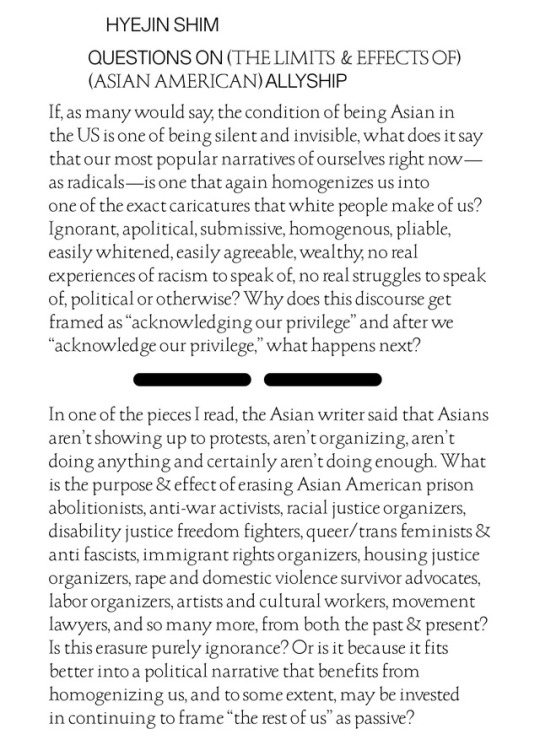
https://medium.com/@persimmontree/questions-on-the-limits-effects-of-asian-american-allyship-bb545f019117
28 notes
·
View notes
Photo
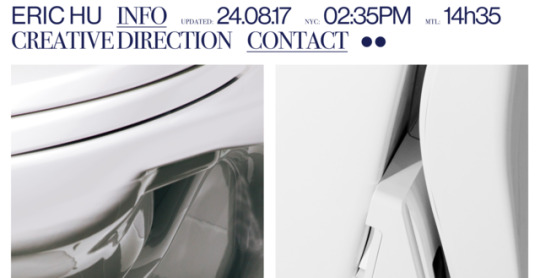
New website, new projects. First update in three years. http://erichu.info
146 notes
·
View notes
Note
I've seen the use of found imagery come up from time to time in your work, Harry Gassel's, David Rudnick's and Hassan Rahim's (who may be the GOAT at this) and i'm wondering what your thoughts are around the etiquette of doing so. Is it based on the obscurity of the image? It's manipulation? Where the work lives? (ie. online vs. printed). Is there copyright concerns too? Thanks.
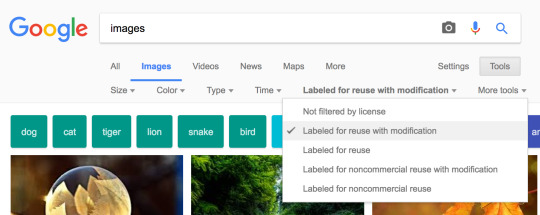
64 notes
·
View notes
